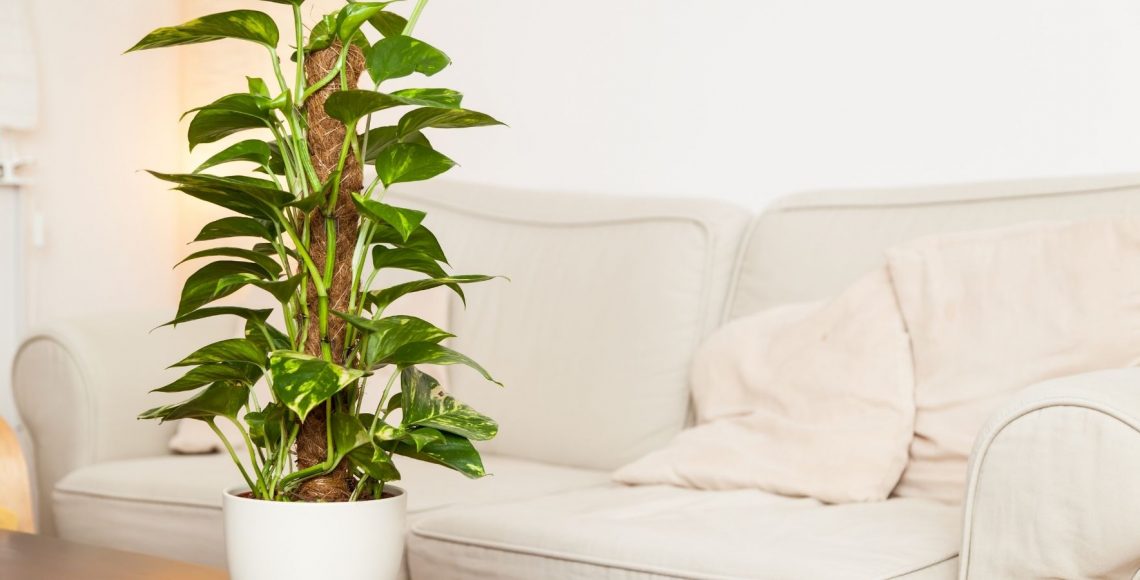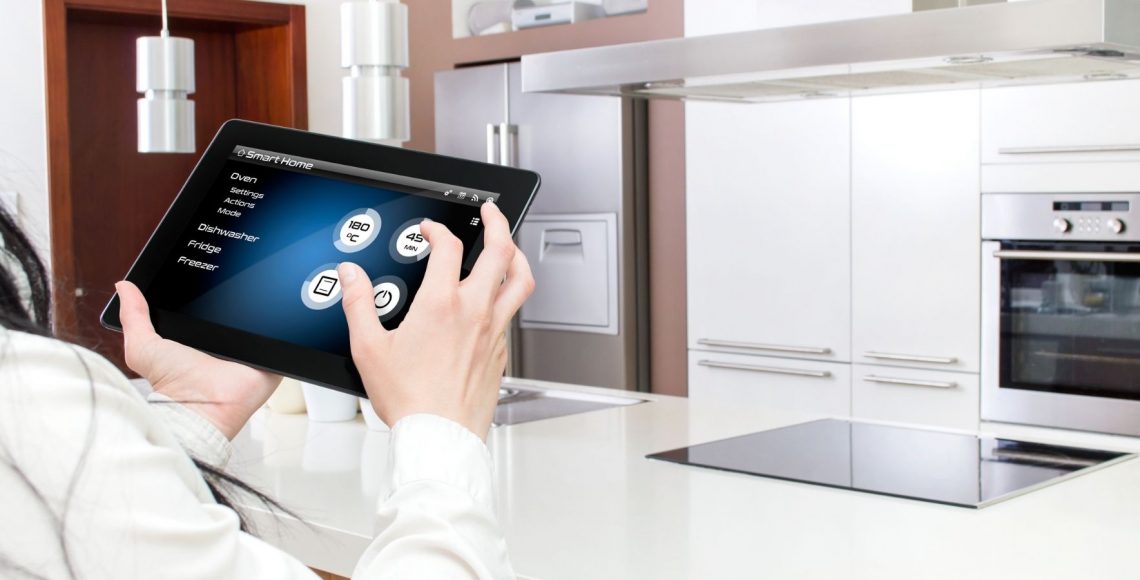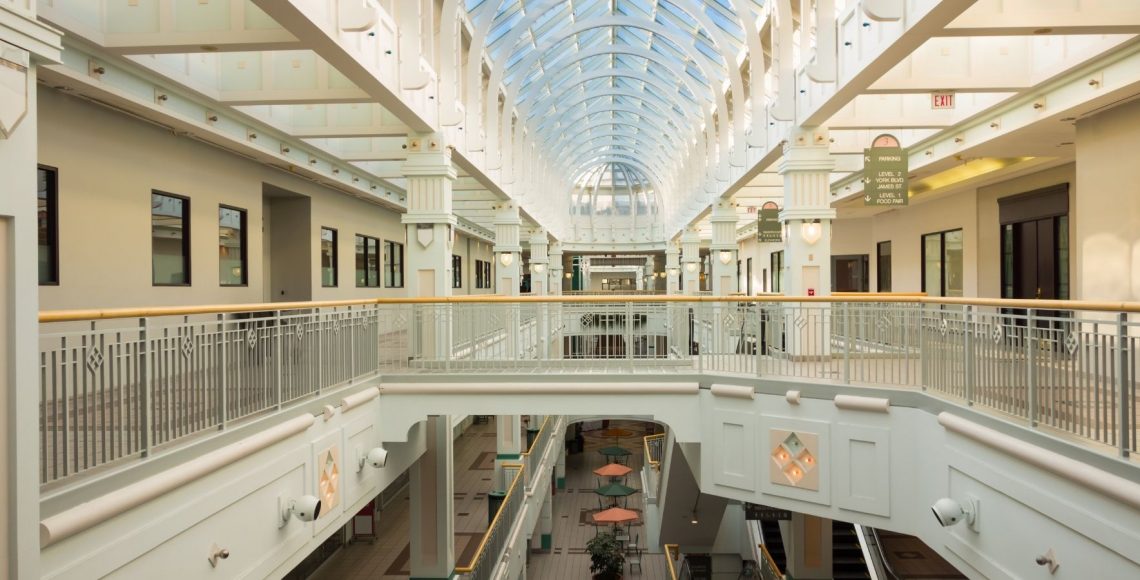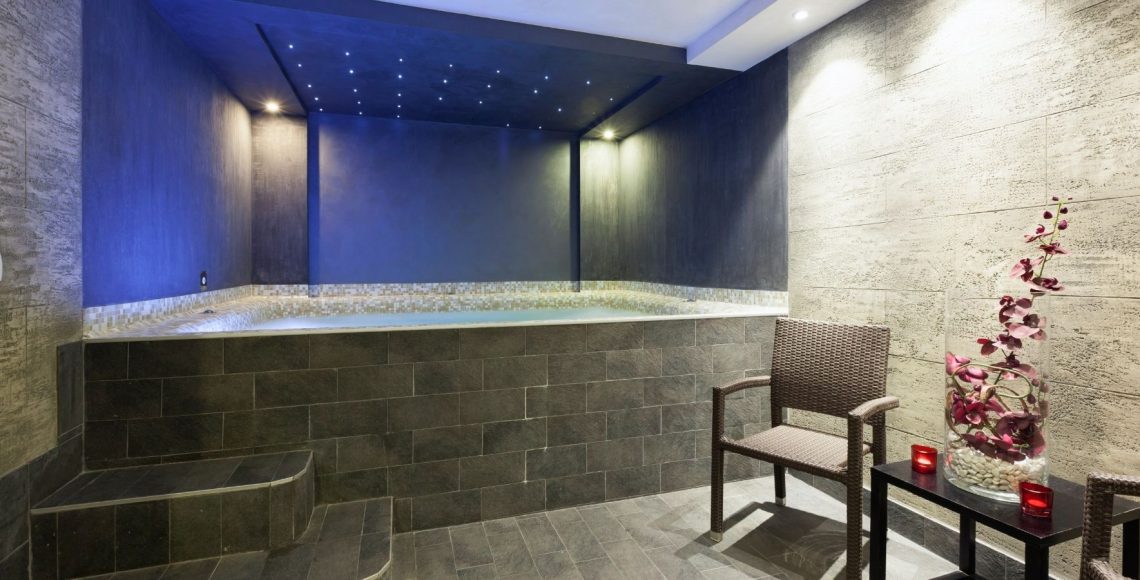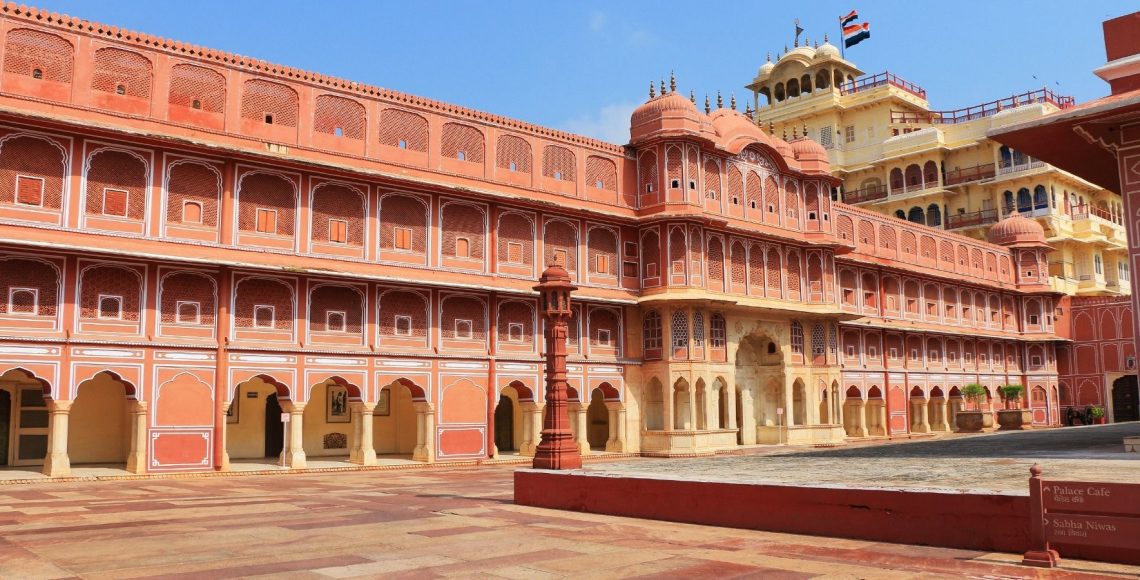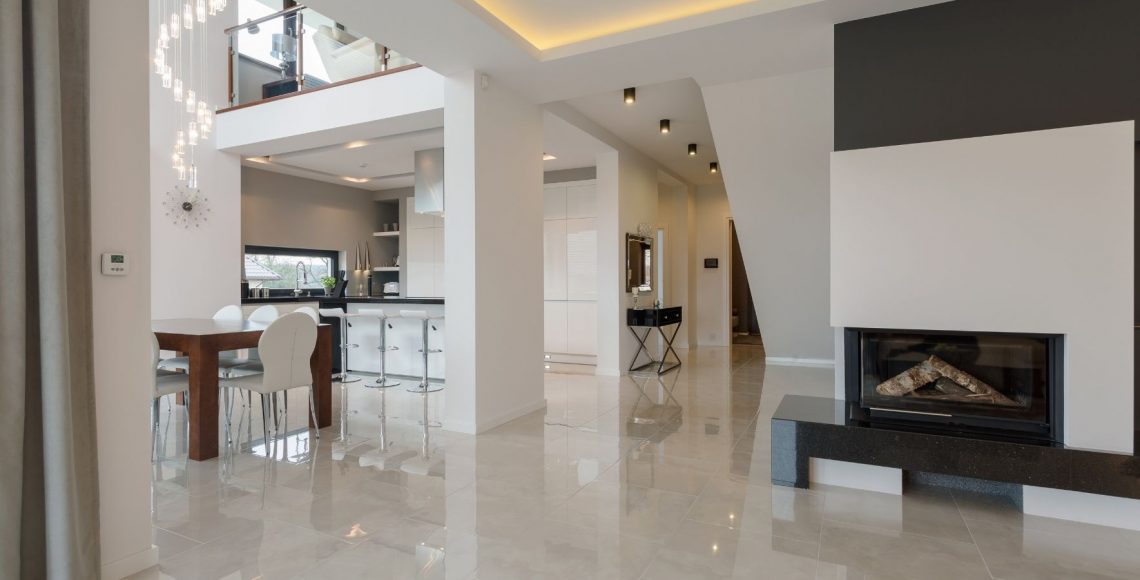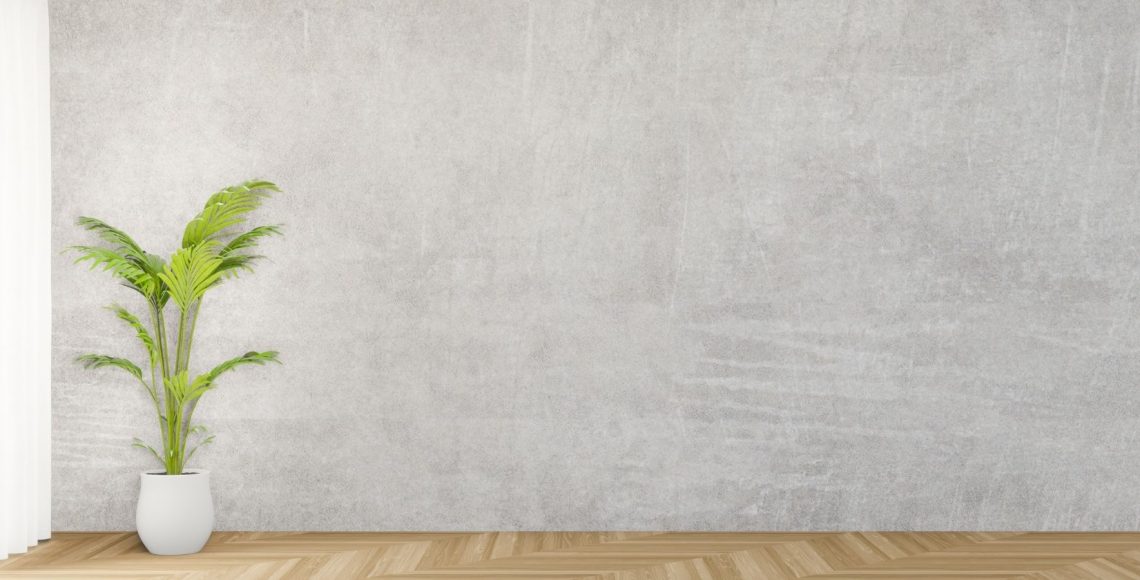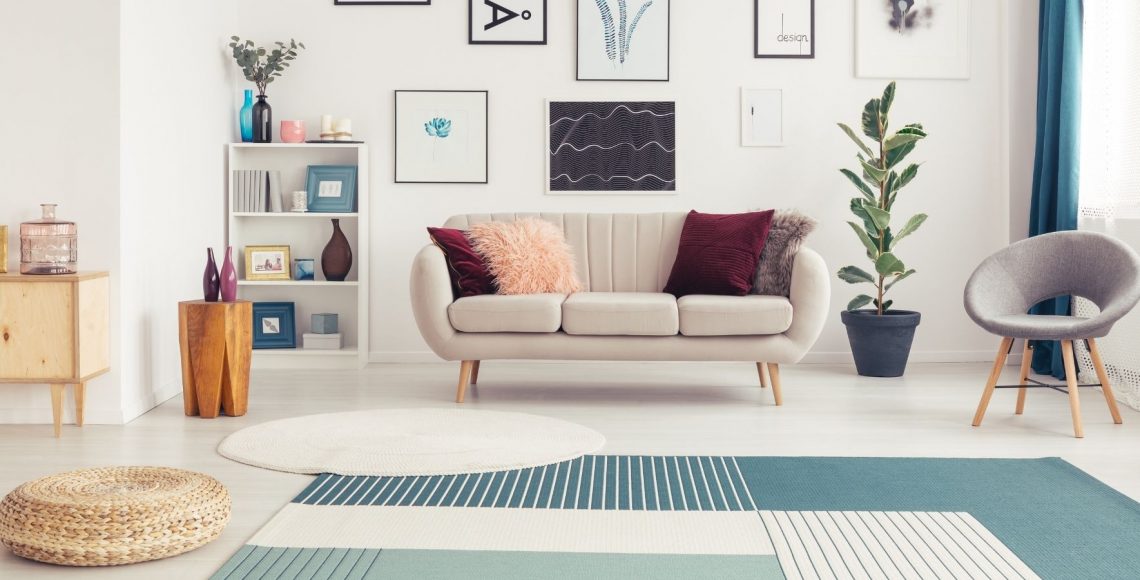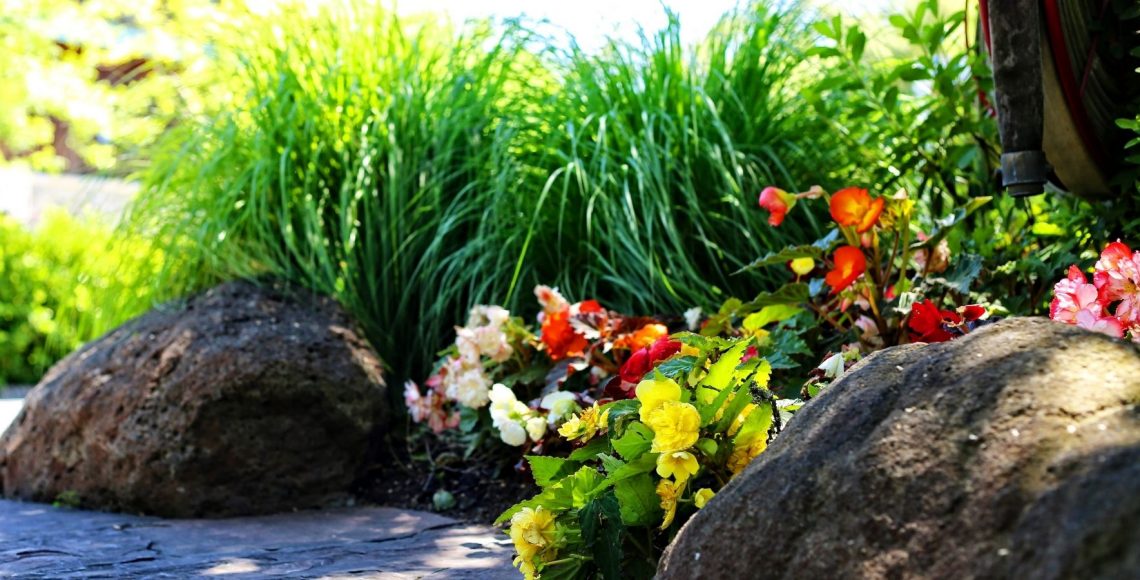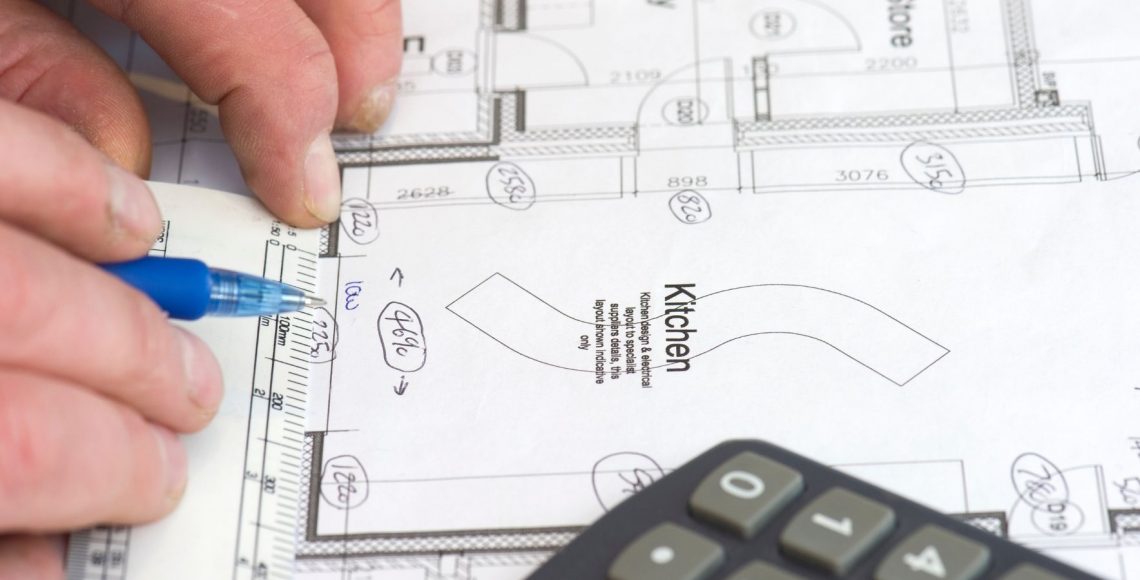SPLENDAROUS ARCITECTURE OF ANCIENT INDIA
Indian history presents a bewildering succession of royal life and its glorious architecture. Indian empires, kingdoms, and smaller states encompassed striking variations in topography and climate, from dessert of Rajasthan in the west to the tropical coastal belt of Kerala in the south, and from the fertile plains of the Ganges (Ganga) river in the central and eastern zones to the rocky expanses of the Deccan plateau at the heart of the peninsula. Each region had its own distinctive language and culture which influenced royal life and architecture, even for those rulers who arrived as conquerors from outside subcontinent. On being introduced into the subcontinent, Islam came into contact with Hindu practices and, in time, came to be infused with indigenous culture.
All aspects of royal architecture in India were infused with cosmic symbols. Resplendent with heavenly motifs such as the globe of the sun, the king’s throne was ornamented with gold, silver, rubies and diamonds, the treasure of the earth. Sun motifs appeared on the walls and ceilings of palaces, suggesting the beneficial influences of the heaven. Some rulers adopted a gleaming sun with radiating spokes as dynastic emblem. Lions, elephants, horses, fishes and mythical beasts were particularly popular; so too were peacocks such as those that adorned the jewelled canopy over the throne of Shah Jehan, the 17th century Mughal emperor. Axis Mundi, or cosmic pillar, is demonstrated in the late 16th century at Fatehpur Sikri where a massive monolithic columns inside one of the royal pavilions support seat used by the Mughal emperor Akbar.
Indian kings also viewed themselves as chakravarties, universal emperors wielding the charka, or wheel, an emblem that represents the universe. This meant all their activities including public ceremonies had to be in harmony with the heavens. Astrologers were hired to advise construction and extensions of palaces and any construction within entire kingdom. Another expression of the king’s divine power was the belief that both the capital and the palace were micro-cosmic reconstructions of the universe. According to Indian manuals on architecture and town planning, the Vastushastras, some of which are more than fifteen hundred years old, the royal city had to function as a mandala, or sacred diagram. Mandalas were governed by the precise dimensions and proportions, repeating miniature form the mathematical scheme of the cosmos. They were mostly laid out in concentric squares to create complicated geometrical patterns. Zones within the manadala represented the different levels of the universe and were identified with particular divine motif or symbol. The most powerful point was the central square, the seat of the throne or most prominent person or figure. Jaipur’s plan is regulated by nine-square design which situates the royal palace in the middle. The mathematical quality of the scheme is emphasized by the broad streets, standardize building plots, and axial alignments of gateways and temples.
As the most powerful and influential rulers, the Moghuls had a far reaching impact. Most emperors in the 17th and 18th centuries, including the Rajputs who were in the services of the Delhi emperors or related to them by marriage, set out to imitate Mughal courtly interior style and architecture.
Rajput ceremonial architecture was profoundly influenced by that of the Mughals, with the result that columned halls and vaulted pavilions, often with characteristic jharokas, imitating those at Agra and Delhi and sprung all over Western and Central India. The 16th century columned audience hall at Udaipur is built in early Mughal style. A 17th century addition to the citadel at Amber is the free standing Diwan-I Amm in the second court. By the 18th century, audience hall with cusps arches and painted decoration in the later Mughal manner had become wide-spread throughout much of India. The good examples of these are addition at Kota and Jaipur and in other Rajput palaces have painted and inlaid decoration in the Mughal style covering walls, vaults and domes.
During the British period, formal reception remained the focal activity of courtly life. Public apartments in princely residences often imitated the great houses of the British and French nobility, with darbar halls completely fitted out with European furniture, chandeliers, mirrors, stained-glass panels, curtains and carpets. The grandest and most opulent are those at Gwalior, Indore and Hyderabad. The Indo-Saracenic style chosen by some rulers for their new palaces resulted in more unusual architecture solutions. The darbar hall at Mysore has row of broad cusped arches, ornately gilded; the smaller hall for private audiences, the Amba Vilasa, is remarkable for its stained glass ceiling.
As permanent and highly visible records of an era that has vanished, India’s palaces have a role to play in the discovery and reshaping of the country’s past. They endure as residences of the heirs of royal families, barracks for troops, offices for municipal authorities, museums thronged with visitors. Whatever their circumstances, the palaces evoke awe and respect for the splendour of their royal life and style, possibly also horror at those times of war and repression.
Some palaces are still lived in by the descendants of the maharajas for whom they were originally built. This is particularly true for the 19th and 20th century residences that were erected to replace the no longer suitable accommodation in the fortified citadels of earlier rulers. Such “replacement” palaces are comparatively well adapted to present-day living patterns. Indeed many have been converted successfully into comfortable and desirable habitation, with the addition of plumbing, electricity and other essential services. More recent palaces, such as those at Morvi and Indore were erected in the years immediate prior to Independence, in the latest European Modernist styles and were thus from the beginning were adequately equipped for 20th-century living.
More than any other group of royal families in India, it is the Rajputs who have successfully managed to maintain a presence in or near their original headquarters. The 18th century palace at Jaipur continues to be privately occupied, with the consequence that several suites of formal reception rooms and much of the garden are inaccessible to the public. Like-wise, Udaipur royal families inhabit the Sambhu Nivas, so no longer reachable to public. The inheritors of the Maratha ruler those who rose to power in the 18th century have also been able to hold on to their palaces. Almost half of the vast Jai Nivas at Gwalior is occupied by the Scindia representatives; the Lakshmi Vilas at Baroda remains in the hands of the Gaekwad heirs; the Wodeyars possess a large part of the Mysore city palace.
Some palaces are used by military and are as a result strictly out of bounds. The fort at Allahabad which includes one the most important examples of Mughal palace architecture is beyond the reach of visitors due to the constant presence of troops. Other palaces have been converted into offices for municipal authorities, thereby, continuing to some extent the original administrative purpose of those buildings. The law court at Bijapur occupies an arcaded court that dates back to the Adil Shahi period. Educational institutions have also made good use of palaces, as Kapurthala palace is now military academy. Fortunately, a good many of India’s palaces are under the care of civic and archaeological authorities. The oldest are ruined and dilapidated; unoccupied, except for their visitors and watchmen, they give only barest idea of royal life in centuries past. The reception halls, zenana courts and stables at Tughluqabad and Firuzabad in Delhi, for instance, have altogether disappeared. Though royal buildings at Chittor, Mandu, Daulatabad and Vijayanagara, to list only four of the most spectacular of India’s royal citadels, have been cleared and restored, most structures there stand incomplete: their wooden columns, sumptuous plaster work and coloured tiles vanished forever.
The Mughal complexes at Fatehpur Sikri, Agra and Delhi are among the greatest attraction of the country; despite their decay and vandalization over the centuries, they are still appreciated for their grandiose scale of their layouts and the exquitsite of their craftsmanship, which evoke the formal majesty of the Mughal court. Fateehpur Sikri is the most completely preserved royal complex of the Mughal era, having been abandoned well before the Persian and British time. Rajput complexes such as those at Udaipur, Jodhpur and Bikaner give an even vivid idea of ancient India’s architecture. Having been maintained right up to the present century, they were not permitted to fall entirely into ruin, even though some are now extremely run down. Unlike Mughal palaces, they often retain their carpets, furniture and lamps. Walls are covered with murals, inlays of coloured glass and even miniature paintings installed in protective frames.
An important aspect of Indian royal life is the picnics and hunting expeditions that took place in vast wooded estates dotted with pleasure pavilions and shooting lodges. The parks at Udaipur and Bundi, situated only a short distance from palaces can still be visited today. Some royal parks survive in better condition having been transformed into wildlife sanctuaries accessible to tourists. Because of continued attraction of Kashmir for visitors throughout the 19th and 20th centuries, the Mughal gardens in the Srinagar valley have never been permitted to fall into despair. The garden palaces overlooking Dal Lake are maintained by the horticultural branch of the archaeological department.
A significant development over the last twenty-five years has been a growth of tourism in India, on the part of both Indians and foreigners. This has given a new lease of life to some palaces, especially those originally designed as guest houses which have been transformed into luxury hotels. The great Rajput families of Jaipur, Jodhpur, Bikaner, Udaipur and Gwalior, together with Woodeyars of Mysore have had considerable success in creating elegant accommodation for paying tourists. Lavish services provide by hotel managements include elaborate musical and theatrical entertainments as well as sporting facilities with billiard rooms, tennis courts and swimming pools. Such leisure activities replicate those for which these palaces were first intended; in this sense, the hotels ensure their survival. Hotel incomes guarantee the maintenance of buildings and their gardens. Such architectural opulence creates the illusion that princely magnificence has somehow survived into the present days and that visitors are royal guests. The colourful uniform of the large number of hotel staff, and the regal monograms on the door panels, tableware, stationery and even the bed linen, reinforce the impression that these hotels are private residences. Indeed, many are still managed by the heirs of the maharajas, or at least by the trust set up by them. Suites in some palaces, as in the Umaid Bhavan at Jodhpur, are permanently reserved for princely families, members of which can occasionally be glimpsed disappearing down private corridors, barely distinguishable from visitors themselves.
Unhappily, not all the descendants of India’s princely families have been able to safeguard their palaces. Disputes between families with decade long litigation, have meant that some residences are constantly under threat. As the heirs, of the once wealthy royal families squabble about ownership and rights, the palaces were stripped of their treasures and left to disintegrate; some are pulled down so as to sell off the increasingly valuable land on which they are built. Serving neither as private dwellings nor as public museums, these are endangered palaces of India. A particularly unfortunate case is the Chau Mahalla in Hyderabad. Closed now for years due to family disputes, it is protected neither by those who have inherited it nor by the local municipality, who can not gain access to it. Its future, like that of so many other palaces in India, remains uncertain.
As early as the 14th century, stories glorifying the exotic palaces of Indian rulers began to circulate in the West. Even today they are magical places, in which the Hindu and Muslim rulers of the subcontinent dispensed their laws and enjoyed their wealth. The beauty and atmosphere of these ancient palaces is displayed all over India. These fascinating edifices are receiving increasing numbers of visitors each year, yet there is no in-depth survey of them ever done. If one can make the effort to discover the superb record of these unique and most splendorous palaces, living witnesses to a regal aspiration can re-create
“Heaven on Earth”
